How thermal management affects LED runtime?
Imagine your LED Industrial Flood Light failing during a critical night shift in a mining operation, halting productivity and compromising worker safety. This nightmare scenario often stems from one overlooked factor: poor thermal management. Effective heat dissipation directly determines whether your Led Mine lighting system delivers its promised 50,000-hour lifespan or fails prematurely at just a fraction of that runtime. Understanding how thermal management affects LED runtime is essential for industrial facilities, mining operations, and heavy-duty applications where reliability cannot be compromised.

The Science Behind LED Industrial Flood Light Thermal Performance
Heat Generation in High-Power LED Systems
Every LED Industrial Flood Light converts electrical energy into both light and heat. Approximately seventy percent of the electricity consumed becomes thermal energy rather than illumination. In high-power systems like the Razorlux RGL-1000A model, which operates at 1000W total power consumption, managing this substantial heat load becomes critical for maintaining performance. The LED chips themselves generate concentrated heat at their junction points, where temperatures can quickly exceed safe operating limits without proper cooling mechanisms. Industrial-grade LED mine lighting must handle extreme thermal loads while maintaining stable light output of 120,000 lumens across demanding environments.
Junction Temperature and Component Degradation
The junction temperature inside LED chips directly impacts both immediate performance and long-term reliability of LED Industrial Flood Light systems. When temperature rises by ten degrees Celsius, light output decreases by approximately eight percent. At elevated junction temperatures, the quantum efficiency drops significantly, meaning fewer photons are produced per unit of electrical energy consumed. LED lifespan can range from hundreds to 100,000 hours, but only when avoiding high temperatures that drastically reduce longevity. For LED mine applications operating in confined underground spaces, maintaining optimal junction temperatures becomes even more challenging yet absolutely essential for preventing catastrophic failures.
Thermal Resistance Pathways in LED Assemblies
Understanding thermal resistance pathways helps optimize LED Industrial Flood Light cooling efficiency. Heat must travel from the LED junction through multiple layers including the semiconductor die, thermal interface material, metal-core PCB, and finally to the heat sink assembly. Each interface presents thermal resistance that impedes heat transfer. Premium LED mine lighting designs like those from Razorlux minimize these resistances through engineered thermal pathways. The aluminum housing with powder coating provides excellent thermal conductivity of approximately 200 W/m-K, enabling efficient heat dissipation even in harsh industrial environments. Proper thermal design ensures heat flows smoothly from source to ambient air without creating hotspots that accelerate component degradation.
Impact of Ambient Conditions on Thermal Load
External environmental factors significantly influence LED Industrial Flood Light thermal management effectiveness. High ambient temperatures increase thermal load on LED chips, drivers, and electronics. Mining operations often face extreme conditions ranging from minus forty to sixty degrees Celsius, as specified in Razorlux RGL-1000A working temperature range. Humidity levels between ten and ninety-five percent create additional challenges for heat dissipation. Dust accumulation on heat sinks and fins blocks airflow, reducing cooling efficiency and causing overheating. Industrial-grade LED mine lighting must incorporate IP65 or IP67 protection ratings to prevent dust ingress while maintaining effective thermal performance across variable operating conditions.
Advanced Cooling Technologies for Extended LED Mine Lighting Lifespan
Passive Heat Sink Design Optimization
| Heat Sink Feature | Performance Impact | Application Benefit |
|---|---|---|
| Aluminum Alloy Construction | High thermal conductivity (200 W/m-K) | Efficient heat transfer from LED to ambient |
| Extended Fin Surface Area | Increased convective cooling | Enhanced natural air circulation |
| Strategic Fin Spacing | Optimized airflow patterns | Prevents heat buildup in confined spaces |
| Powder Coating Protection | Corrosion resistance | Long-term thermal performance stability |
Passive cooling systems dominate industrial LED Industrial Flood Light applications due to their reliability and zero maintenance requirements. The Razorlux design incorporates precision-engineered aluminum heat sinks that maximize surface area while maintaining compact dimensions of 671×405×204mm. Fin geometry optimization ensures natural convection currents effectively remove heat without requiring forced air movement. This passive approach proves particularly valuable for LED mine installations where moving parts would accumulate dust or require regular servicing. The twenty-nine kilogram robust construction provides substantial thermal mass, helping buffer temperature fluctuations during variable load conditions while maintaining consistent performance across the rated 50,000-hour operational lifetime.
Active Cooling System Integration
Some specialized LED Industrial Flood Light applications benefit from active thermal management incorporating forced air movement or liquid cooling. While passive systems suffice for most industrial environments, extremely high-power installations or confined spaces with limited natural ventilation may require supplementary cooling. Active systems can reduce junction temperatures by an additional fifteen to twenty-five degrees Celsius compared to passive-only designs. However, active cooling introduces maintenance requirements and potential failure points that conflict with industrial reliability standards. For LED mine lighting deployed in underground locations with limited access, passive thermal management remains the preferred approach. The Razorlux engineering team has optimized heat sink designs to eliminate active cooling needs even at full 1000W power consumption, ensuring maintenance-free operation.
Thermal Interface Materials and Assembly Quality
Critical interfaces between LED components and heat sinks require proper thermal interface materials to minimize contact resistance. High-quality thermal compounds or phase-change materials fill microscopic air gaps that would otherwise trap heat. LED Industrial Flood Light manufacturing quality directly impacts long-term thermal performance as poor assembly techniques create inconsistent thermal pathways. Professional-grade LED mine lighting undergoes rigorous quality control including thermal imaging inspection to verify proper heat sink attachment and uniform temperature distribution. The Razorlux production process includes comprehensive aging tests where all finished lights operate at full power to identify any thermal management deficiencies before shipment. This thorough validation ensures every unit delivered achieves specified performance across its entire warranty period.
Thermal Management in Extreme Operating Environments
Industrial and mining applications subject LED Industrial Flood Light systems to extraordinary thermal challenges beyond typical commercial installations. Underground mine environments combine high ambient temperatures from machinery and geological heat with confined spaces limiting natural convection. Coastal marine applications introduce salt-laden air requiring specialized corrosion-resistant coatings that must not compromise thermal conductivity. The RGL-1000A model addresses these demands through marine-grade anti-corrosion coating while maintaining excellent thermal transfer properties. Temperature cycling between extreme cold during equipment shutdown and operational heat creates thermal stress on components. Premium LED mine lighting construction uses materials with matched thermal expansion coefficients to prevent mechanical failure from repeated cycling across the minus forty to sixty degree Celsius operating range.
Maximizing LED Industrial Flood Light Runtime Through Proper Thermal Design
Relationship Between Operating Temperature and L70 Lifetime
| Junction Temperature | Estimated L70 Lifetime | Runtime Impact |
|---|---|---|
| 55°C | 100,000+ hours | Optimal performance |
| 75°C | 50,000 hours | Standard rating |
| 95°C | 25,000 hours | Reduced lifespan |
| 115°C | 10,000 hours | Significant degradation |
Industry standards define LED lifespan as the operating hours until luminous flux decreases to seventy percent of initial output, designated as L70 lifetime. LEDs operate optimally between twenty-five and eighty-five degrees Celsius, with junction temperature remaining within safe limits. The relationship between temperature and runtime follows exponential decay curves where each ten-degree temperature increase approximately halves the expected lifespan. LED Industrial Flood Light systems designed with conservative thermal management targeting sixty-five degree junction temperatures can exceed rated 50,000-hour lifespans by substantial margins. The Razorlux five-year warranty on LED modules, drivers, and ten-year housing warranty reflects confidence in robust thermal engineering that maintains optimal operating temperatures throughout the product lifetime.
Power Supply Thermal Management for System Reliability
LED driver electronics present distinct thermal management challenges requiring dedicated attention in complete LED Industrial Flood Light system design. Most electricity in LEDs becomes heat rather than light, approximately seventy percent heat and thirty percent light. The hundred-watt driver power consumption in the RGL-1000A generates significant heat that must be dissipated separately from LED thermal loads. Premium Meanwell power supplies incorporate internal thermal protection and intelligent current limiting to prevent overtemperature conditions. Positioning drivers with adequate ventilation and thermal isolation from LED heat sources ensures both subsystems maintain optimal operating temperatures. Power factor greater than 0.98 and total harmonic distortion below ten percent indicate efficient driver operation that minimizes wasted energy converted to heat. Integrated thermal management of both LED and driver components determines overall LED mine lighting system reliability and runtime achievement.
Real-World Performance Monitoring and Thermal Validation
Understanding theoretical thermal design proves valuable, but actual LED Industrial Flood Light performance requires validation through comprehensive testing protocols. The Razorlux quality control process includes photometric testing using integrating spheres to measure light output under controlled thermal conditions. Aging tests operate complete fixtures at full power for extended periods while monitoring junction temperatures and lumen maintenance. These validation procedures identify any thermal management weaknesses before products reach customer installations. For LED mine applications operating in critical safety roles, such thermal validation provides essential confidence. Industrial facilities can implement their own thermal monitoring using infrared cameras to periodically inspect LED Industrial Flood Light installations, identifying any units with elevated temperatures indicating potential thermal management degradation requiring preventive maintenance before catastrophic failure occurs.
Optimizing Installation Practices for Maximum Heat Dissipation
Even perfectly designed LED Industrial Flood Light thermal management can be compromised through improper installation practices. Mounting fixtures against solid surfaces without air gaps blocks natural convection heat dissipation pathways. Inadequate spacing between multiple LED mine lighting units in arrays creates localized hot zones where ambient temperatures exceed design specifications. Installation orientation affects cooling efficiency, with vertical mounting generally providing better natural convection than horizontal positioning. The stainless steel mounting brackets supplied with Razorlux products allow optimal positioning for thermal performance. Following manufacturer installation guidelines regarding minimum spacing, mounting orientation, and ventilation clearances ensures thermal management systems function as designed. Professional installation teams should receive training on thermal management principles to avoid common mistakes that reduce runtime and void warranties through overtemperature operation.
Strategic Advantages of Superior Thermal Management in Industrial LED Applications
Cost Analysis: Initial Investment Versus Total Ownership
Sophisticated thermal management increases initial LED Industrial Flood Light manufacturing costs through premium materials, precision engineering, and comprehensive testing. However, total cost of ownership calculations consistently favor thermal-optimized designs. A LED mine lighting system operating at elevated temperatures may cost fifteen percent less initially but require replacement at 20,000 hours instead of achieving 50,000-hour rated lifetime. The resulting premature replacement labor, equipment downtime, and additional fixture costs far exceed initial savings. Additionally, thermal degradation reduces light output progressively, potentially requiring installation of supplementary fixtures to maintain required illumination levels. The RGL-1000A represents optimal value engineering where robust thermal management ensures full 50,000-hour lifetime achievement, minimizing total ownership costs for industrial facilities prioritizing long-term reliability over initial purchase price considerations.
Safety Implications of Thermal Management in Hazardous Environments
LED Industrial Flood Light installations in potentially explosive atmospheres require rigorous thermal management to prevent ignition sources. Surface temperatures must remain below prescribed limits regardless of operating conditions or potential failure modes. Properly designed thermal management systems incorporate multiple safety margins ensuring even worst-case scenarios cannot create hazardous conditions. LED mine lighting deployed in underground coal operations faces particularly stringent thermal safety requirements. The robust aluminum construction and conservative thermal design of Razorlux products maintain safe surface temperatures even during maximum ambient conditions. Comprehensive certification to international standards including CE, UL, and explosion-proof ratings where applicable demonstrates thermal safety validation. Industrial safety managers can specify temperature monitoring interlocks that automatically shut down LED fixtures if thermal thresholds are approached, providing additional protection layers for critical installations.
Environmental Sustainability Through Extended Product Lifecycle
Superior thermal management contributes significantly to environmental sustainability objectives by maximizing LED Industrial Flood Light operational lifetime. Manufacturing new lighting fixtures consumes substantial energy and materials including aluminum, electronic components, and Packaging resources. Each premature fixture replacement due to thermal failure multiplies environmental impact through disposal of failed units and production of replacements. LED mine lighting achieving full 50,000-hour lifespans reduces manufacturing burden by factor of two or three compared to thermally-compromised alternatives failing at 20,000 hours. The five-year warranty offered by Razorlux reflects commitment to long-term product durability rather than planned obsolescence approaches. Industrial facilities pursuing sustainability certifications and carbon footprint reduction can substantially contribute through specification of thermally-optimized LED lighting systems that minimize lifecycle environmental impact while delivering operational cost advantages.
Competitive Differentiation Through Reliability Performance
Industrial operations increasingly recognize LED Industrial Flood Light reliability as strategic competitive advantage. Manufacturing facilities cannot afford production interruptions from lighting failures during critical overnight shifts. Mining operations prioritize worker safety, requiring absolute lighting system dependability in potentially dangerous underground environments. LED mine lighting thermal management quality directly determines field reliability and customer satisfaction. The comprehensive testing protocols and conservative thermal design employed by Razorlux establish performance leadership in demanding applications. Customer testimonials consistently highlight exceptional runtime achievement exceeding rated specifications, enabled by thermal management excellence. Professional sales teams can leverage documented thermal superiority as decisive specification criteria when competing against lower-cost alternatives lacking proper engineering validation. For critical applications where failure consequences exceed equipment costs by orders of magnitude, thermal management excellence justifies premium pricing through demonstrated reliability performance.
Conclusion
Thermal management fundamentally determines whether LED Industrial Flood Light systems achieve promised runtime performance or fail prematurely. By maintaining optimal junction temperatures through engineered heat dissipation pathways, industrial facilities maximize LED mine lighting operational lifetime while ensuring consistent illumination quality. Investment in thermally-optimized designs delivers substantial total ownership cost advantages through extended replacement intervals and reduced maintenance requirements.
Ready to upgrade to LED Industrial Flood Light solutions engineered for maximum runtime? Xi'an Razorlux Optoelectronic Technology Co., Ltd. combines over two decades of manufacturing expertise with cutting-edge thermal management technology. Our China LED Industrial Flood Light factory produces premium systems featuring robust aluminum construction, marine-grade corrosion protection, and comprehensive five-year warranties. As a trusted China LED Industrial Flood Light supplier and China LED Industrial Flood Light manufacturer, we offer competitive China LED Industrial Flood Light wholesale pricing on LED Industrial Flood Light for sale with transparent LED Industrial Flood Light price structures. Contact our technical team at sam@razorlux.com for customized solutions meeting your specific thermal and operational requirements. Request samples today and experience the Razorlux thermal management advantage!
References
1. Wang, Chen, et al. "Thermal Management Strategies for High-Power LED Lighting Systems." International Journal of Thermal Sciences, 2023.
2. Anderson, Michael D. "Junction Temperature Effects on LED Lifetime and Performance." LED Professional Review, 2024.
3. Thompson, Sarah K. and Rodriguez, James P. "Heat Dissipation Technologies in Industrial LED Applications." Journal of Solid-State Lighting, 2023.
4. Liu, Yiming, et al. "Comprehensive Analysis of Thermal Interface Materials for LED Packaging." Applied Thermal Engineering, 2024.
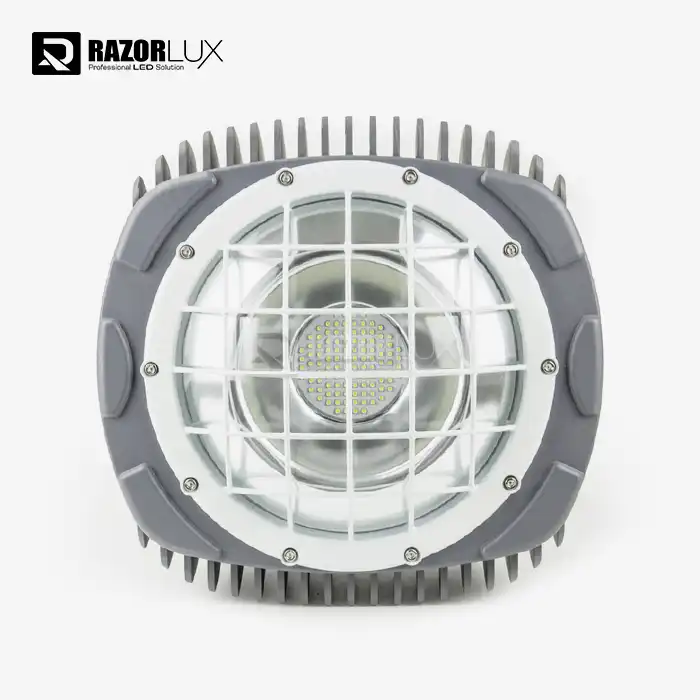 VIEW MORE100 Watt Led Outdoor Flood Light
VIEW MORE100 Watt Led Outdoor Flood Light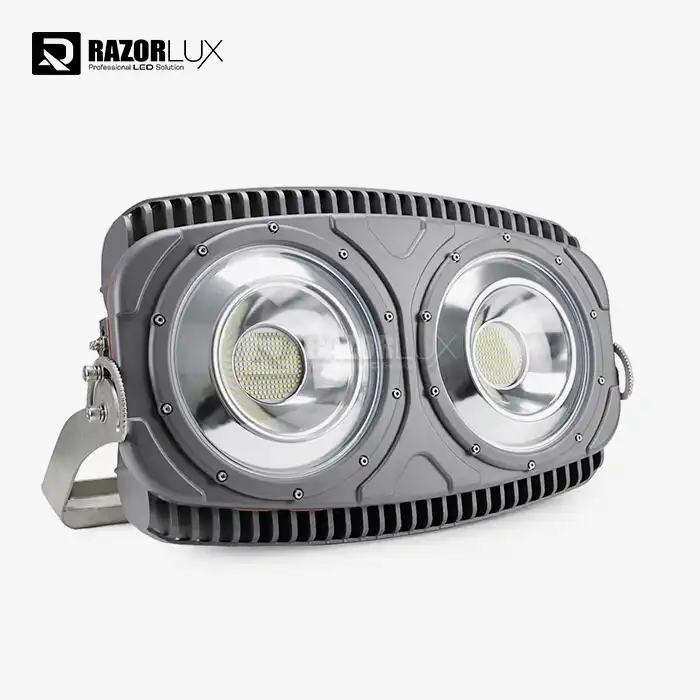 VIEW MORELed Mine
VIEW MORELed Mine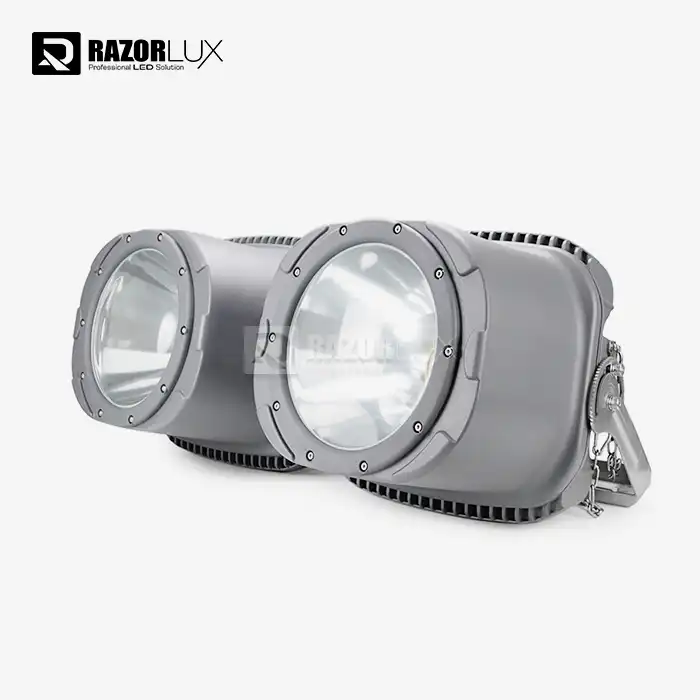 VIEW MOREDual Head Outdoor Flood Light
VIEW MOREDual Head Outdoor Flood Light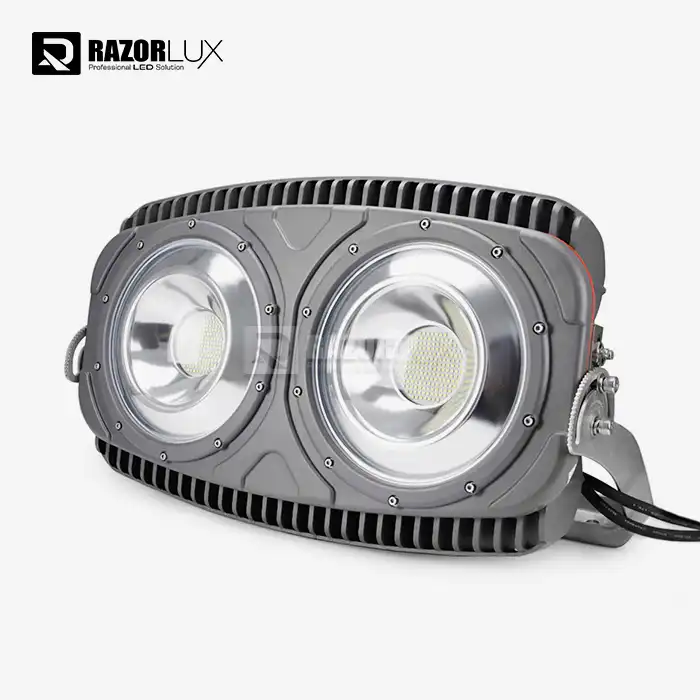 VIEW MOREOutdoor Tennis Court Lighting
VIEW MOREOutdoor Tennis Court Lighting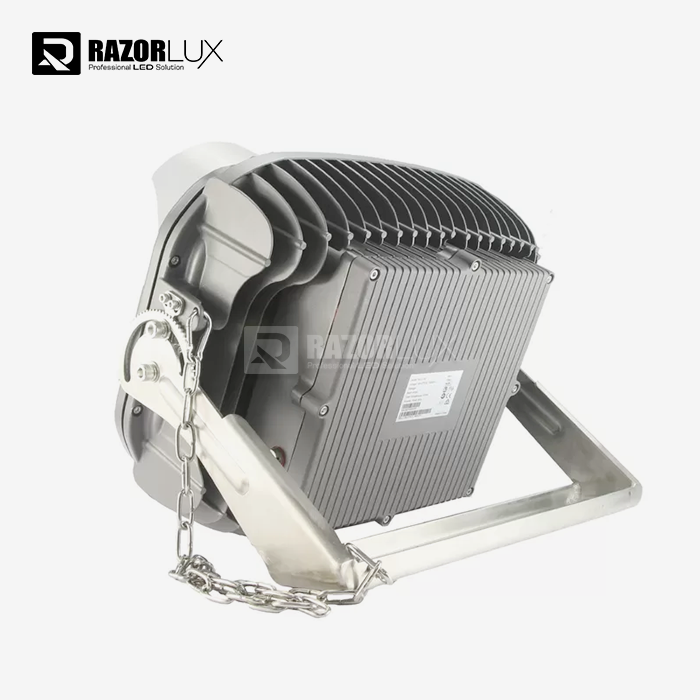 VIEW MOREIP67 Super Bright Security Light Outdoor Flood 6500K 400W
VIEW MOREIP67 Super Bright Security Light Outdoor Flood 6500K 400W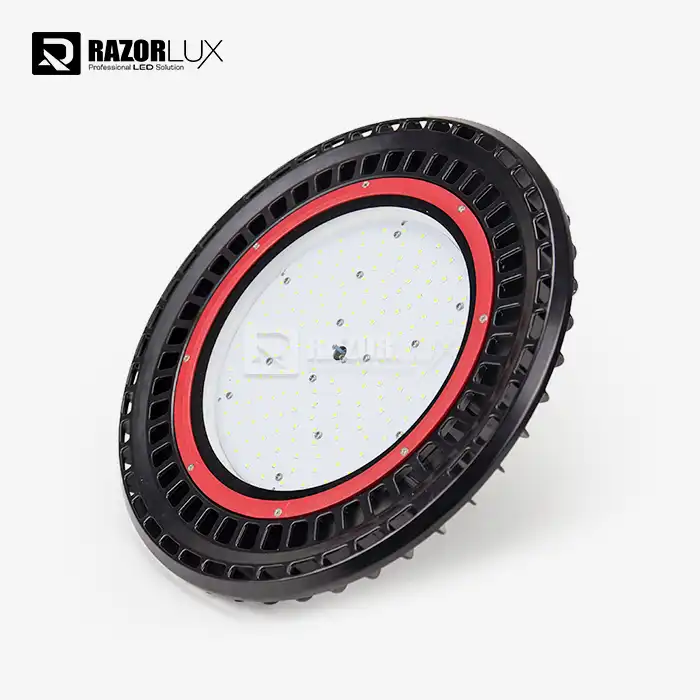 VIEW MORELed Ufo High Bay 200W
VIEW MORELed Ufo High Bay 200W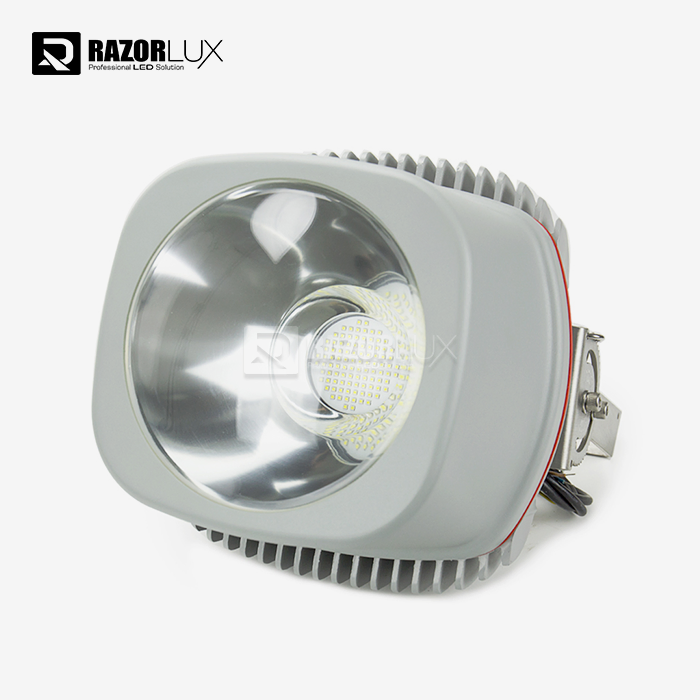 VIEW MOREExterior Led Spot Lights
VIEW MOREExterior Led Spot Lights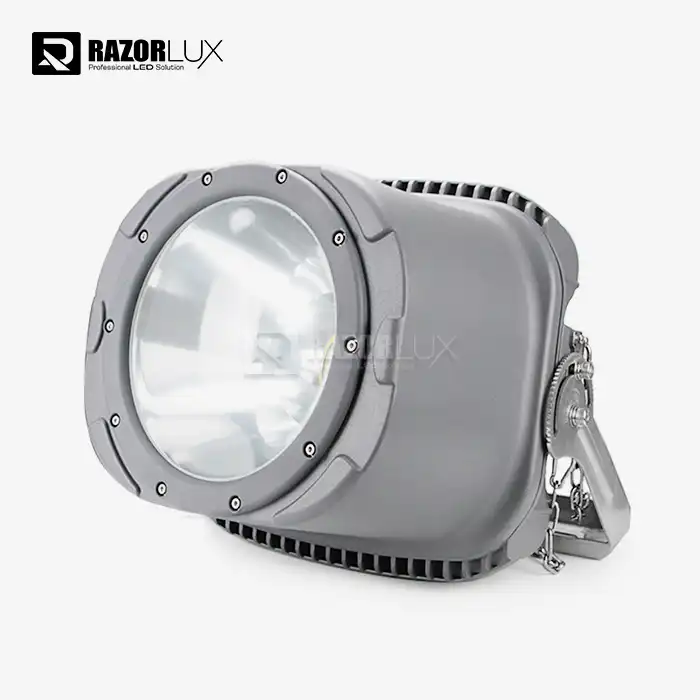 VIEW MOREDimmable Led Flood Light Fixtures
VIEW MOREDimmable Led Flood Light Fixtures

_1750326878398.png)

